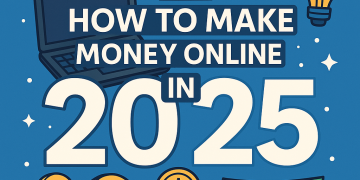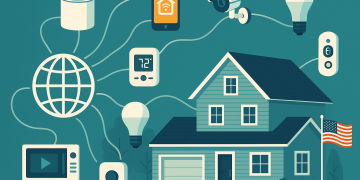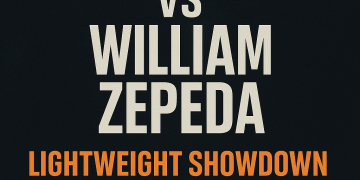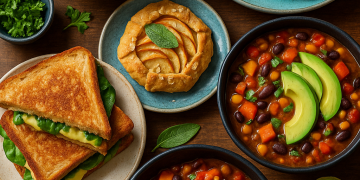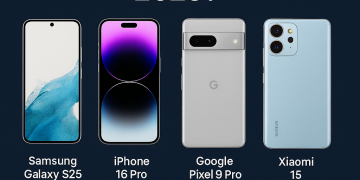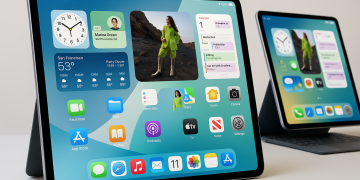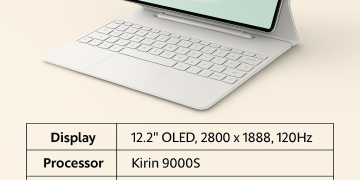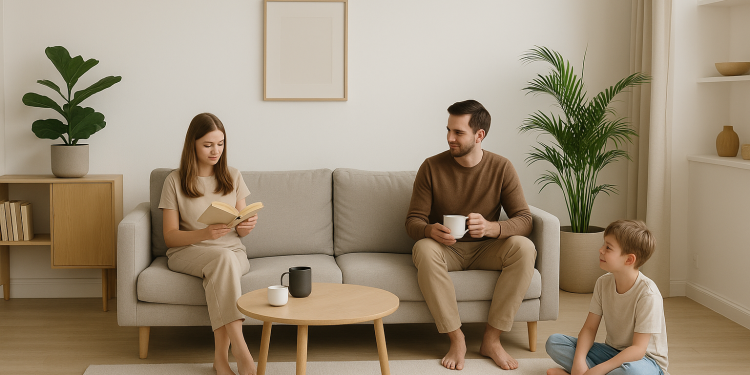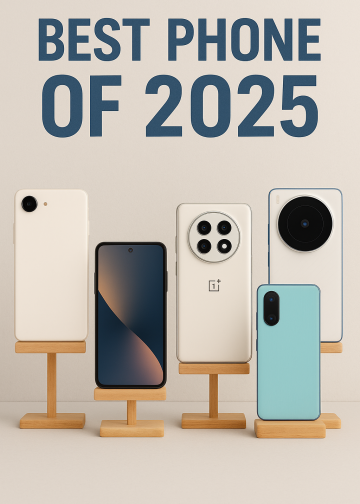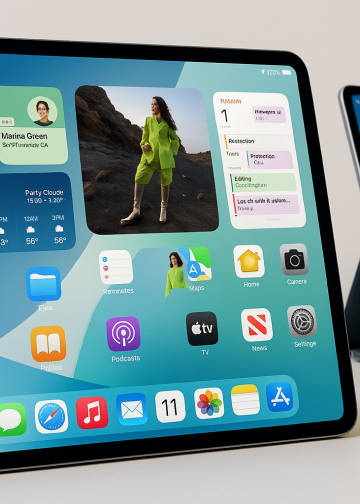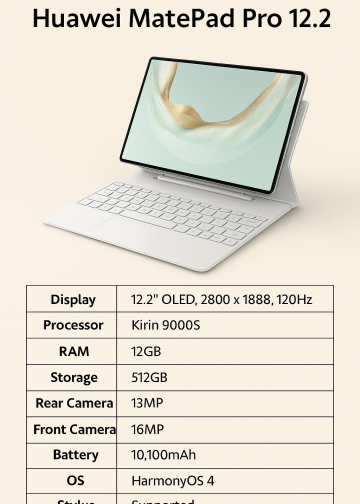Introduction: The Rise of Minimalist Living in America
Do you ever feel overwhelmed by too much stuff, busy schedules, or the never-ending noise of modern life? You’re not alone. Across the United States, more and more people are embracing the minimalist lifestyle—a way of living that values simplicity, intentionality, and freedom from clutter. Minimalism is no longer just a design trend or a social media buzzword; it’s fast becoming one of the most popular American lifestyle trends for people seeking clarity, calm, and a deeper sense of purpose.
But what does minimalism really mean, and how are Americans putting it into practice? This article explores the benefits, challenges, and practical minimalist tips for anyone looking to declutter home and life in the pursuit of simple living USA.
1. What Is Minimalist Living?
At its core, a minimalist lifestyle is about focusing on what truly matters and letting go of what doesn’t.
It’s the art of living with less—less stuff, less stress, and fewer distractions—so you can make more room for the things, people, and experiences that actually bring you joy.
Simple living USA doesn’t mean living without comfort or style. Instead, it’s about:
- Owning fewer but better things
- Designing your life around your values
- Prioritizing quality over quantity
- Creating space for rest, creativity, and connection
Minimalism is a mindset, not just an aesthetic.
2. Why Are Americans Choosing a Minimalist Lifestyle?
Overwhelm and Burnout
Many Americans report feeling overwhelmed by clutter, constant digital notifications, and the pressure to “keep up” with consumer culture. The average home in the USA contains more than 300,000 items—no wonder so many feel weighed down!
Financial Freedom
A minimalist lifestyle helps cut spending, reduce debt, and shift focus from buying to living.
People are realizing that happiness isn’t found in shopping sprees but in experiences and financial security.
Environmental Impact
With climate change and overconsumption in the headlines, more people are looking for minimalist tips to reduce their environmental footprint. Simple living and mindful purchasing are eco-friendly choices.
Well-Being and Peace of Mind
Decluttering and simplifying create space for mindfulness, creativity, and real relaxation—something busy Americans crave.
3. Declutter Home: The First Step to Simple Living USA
Start Small, Go Slow
One of the best minimalist tips is to avoid overwhelming yourself.
- Start with a single drawer, shelf, or closet.
- Ask: Do I use this? Does it add value to my life?
- Donate, recycle, or toss anything that no longer serves you.
The Power of Less
Decluttering isn’t just about making space; it’s about making decisions.
As you declutter home, you gain clarity about what’s really important.
Maintain Your Space
- Create habits like “one in, one out”—for every new item you bring home, let go of another.
- Set up regular declutter sessions (monthly or seasonally).
4. Minimalist Living Beyond Stuff
Digital Minimalism
Clutter isn’t just physical—it’s digital, too!
- Unsubscribe from unwanted emails.
- Limit screen time and social media scrolling.
- Keep your phone and desktop organized with only the apps and files you actually use.
Minimalism in Your Schedule
Is your calendar as cluttered as your closet?
- Learn to say no to non-essential commitments.
- Schedule buffer time between appointments and prioritize downtime.
- Focus on what brings you joy and fulfillment, not just what fills your day.
5. Minimalist Home Design: Clean, Calm, Comfortable
Minimalist interiors have become a huge part of American lifestyle trends:
- Neutral colors, clean lines, and open spaces
- Multi-purpose furniture and clever storage
- Plenty of natural light and calming decor
Remember: It’s not about copying Instagram-perfect homes—it’s about creating a space that feels right for you.
6. Minimalist Tips for Daily Life
Buy with Intention
- Ask yourself before every purchase: Do I need this? Will I use it often? Does it truly add value?
- Wait 24 hours before buying non-essential items.
Create Capsule Wardrobes
- Build a closet of versatile, quality pieces you love to wear.
- Aim for “mix and match” rather than quantity.
Mindful Meal Planning
- Simplify your meals with easy, healthy recipes.
- Reduce food waste by shopping with a list and using up what you have.
Quality Over Quantity
- Invest in fewer, better things—whether it’s clothing, gadgets, or home goods.
Experience Over Things
- Spend money on travel, classes, or time with loved ones instead of more possessions.
7. The Benefits of Minimalism: What Science Says
Research supports the advantages of a minimalist lifestyle:
- Less clutter is linked to lower stress and anxiety.
- Clean, simple environments can boost creativity and focus.
- Spending less and prioritizing experiences increases happiness and satisfaction.
Minimalism isn’t about depriving yourself—it’s about thriving with what matters most.
8. Minimalism for Families: Yes, It’s Possible!
Worried that kids, pets, or a busy household make minimalism impossible? Many American families are proving otherwise.
Involve Everyone
- Teach children to sort toys and clothes for donation.
- Hold family “declutter days” with rewards and games.
Simplify Routines
- Plan simple meals, routines, and storage solutions for everyday life.
- Focus on shared experiences (game night, family walks) instead of constant new purchases.
Celebrate Progress
Minimalism is a journey, not a destination. Celebrate each step toward a calmer, happier home.
9. Minimalist Mindset: Letting Go of Guilt and “Shoulds”
Sometimes, the hardest part of simple living USA isn’t letting go of stuff—it’s letting go of guilt, perfectionism, and the idea that you must have what everyone else does.
- Focus on gratitude for what you have.
- Be gentle with yourself if decluttering feels emotional.
- Remember that minimalism is deeply personal—your version won’t look like anyone else’s.
10. Common Myths About Minimalist Living
Myth 1: Minimalism Is Only for the Wealthy
Truth: Minimalism is about using what you have, making do, and resisting the urge to always upgrade.
Myth 2: Minimalists Live Without Joy or Beauty
Truth: Many minimalists discover MORE beauty and joy in what remains, because it’s intentional and appreciated.
Myth 3: You Must Have a Tiny House
Truth: Minimalism works in any size home, from a studio apartment to a suburban family house.
Myth 4: It’s All or Nothing
Truth: Every small step counts! Even a little less clutter or a few new habits can make a big difference.
11. Table: Minimalist Tips for Everyday Life
| Minimalist Tip | How It Helps | Quick Example |
|---|---|---|
| Declutter one area a week | Makes process manageable | Tackle a drawer each Saturday |
| Unsubscribe from email lists | Reduces digital stress | 5 minutes to clear your inbox |
| Capsule wardrobe | Less laundry, easy dressing | 20 versatile pieces, mixed daily |
| One-in, one-out rule | Prevents new clutter | Buy a new mug? Donate an old one |
| Mindful purchases | Saves money, reduces regret | Wait 24 hours before buying clothes |
| Plan simple meals | Cuts food waste, saves time | Repeat favorite recipes weekly |
| Schedule downtime | Supports mental health | Sunday is “no plans” day |
| Limit screen time | Boosts focus and real connections | Phone-free hour after dinner |
| Prioritize experiences | Increases happiness | Plan a weekend hike, not a shopping trip |
12. Minimalism and American Lifestyle Trends
Minimalism is influencing everything from real estate (tiny homes, open plans) to fashion (athleisure, sustainable brands), and even travel (carry-on only, experience-focused trips). Social media has made it easier than ever to find inspiration and connect with others on the same journey.
Simple living USA isn’t a fad—it’s a shift in values. More people are choosing to own less, stress less, and live more fully.
13. Getting Started: Your First Steps Toward Minimalism
- Choose one area (desk, closet, junk drawer) to declutter this week.
- Set a timer for 15 minutes and see what you can accomplish.
- Say no to one non-essential purchase this week.
- Schedule an “unplugged” evening or a tech-free Sunday.
- Reflect on what matters most to you—then align your space, time, and spending with those values.
Conclusion: Minimalism Is for Everyone
Adopting a minimalist lifestyle isn’t about deprivation—it’s about freedom. When you clear away the excess, you gain space for rest, creativity, relationships, and joy. Whether you’re ready for a dramatic life change or simply want to start small, minimalist tips can help you find clarity and contentment.
Declutter home, mind, and schedule—discover the peace and possibility of simple living USA. Your path to a more intentional life starts now.
Alt text for images:
A bright, uncluttered American home with minimal furniture, a family relaxing in a serene living room, and a capsule wardrobe in a tidy closet—capturing the essence of minimalist lifestyle and simple living USA.
External Links:
- The Minimalists – Tips & Inspiration
- Becoming Minimalist – Joshua Becker
- Marie Kondo – Decluttering Methods
- Minimalism & Simplicity on Reddit
- Tiny House Living USA

